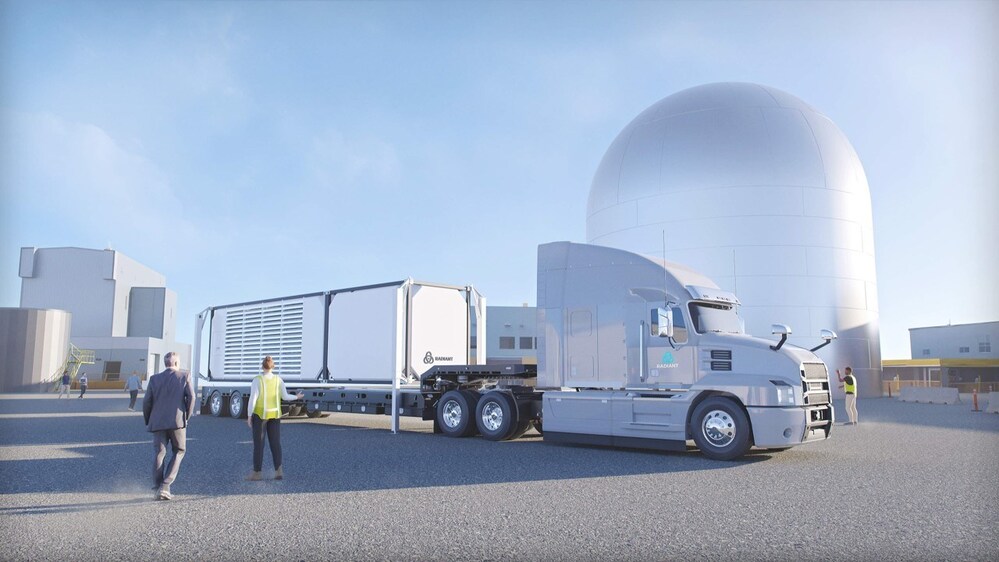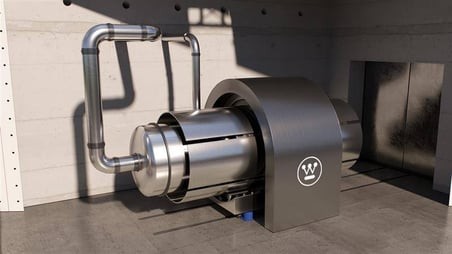Test prep: The SDS is the initial stage in a comprehensive safety review process all microreactor developers go through before a fueled test at INL. Radiant reports it is currently working on a conceptual safety design report that will summarize the hazard analysis efforts and safety-in-design decisions incorporated in the conceptual design, along with any identified project risks.
Testing in DOME will allow Radiant to gather safety and performance data to support commercial licensing with the NRC. After a successful test, Radiant “expects to deliver a limited number of preordered Kaleidos units as soon as 2028, after obtaining U.S. Nuclear Regulatory Commission licenses.”
DOME: The DOME, or Demonstration of Microreactor Experiments, test bed repurposes the Experimental Breeder Reactor-II containment structure to lessen the environmental footprint, costs, and project risks for reactor development testing. The DOE is also developing the Laboratory for Operation and Testing in the U.S. (LOTUS) test bed, which will host smaller reactor experiments to support the development of advanced reactors.
As one of three recipients of DOE Front-End Engineering and Experiment Design (FEEED) awards, Radiant’s test is supported by the NRIC. The FEEED awards—which also went to Westinghouse and Ultra Safe Nuclear—were announced in October 2023 with a total value of $3.9 million.
Kaleidos, Westinghouse’s eVinci, and USNC’s Pylon aren’t the only microreactors being tested at INL. Also planned for the site (though not the DOME) are Project Pele’s demonstration of a BWX Technologies–designed microreactor for military purposes, Oklo’s first Aurora plant, and INL’s own MARVEL.
They said it: “The SDS is the cornerstone of the safety road map we’re building as we approach commercialization of a fueled reactor in a few years’ time,” said Radiant chief executive officer Doug Bernauer. “We’re grateful for DOE Idaho's review and approval as we take this important step forward and for INL’s continued thorough support throughout this critical process.”
“The approval of the SDS is an important step towards enabling a microreactor developer to perform a test in our DOME facility,” said Brad Tomer, acting director and chief operating officer of NRIC. “As the nation’s nuclear energy research laboratory, we are committed to working with private companies to help further develop advanced nuclear technologies that will provide clean energy solutions for the U.S.”







